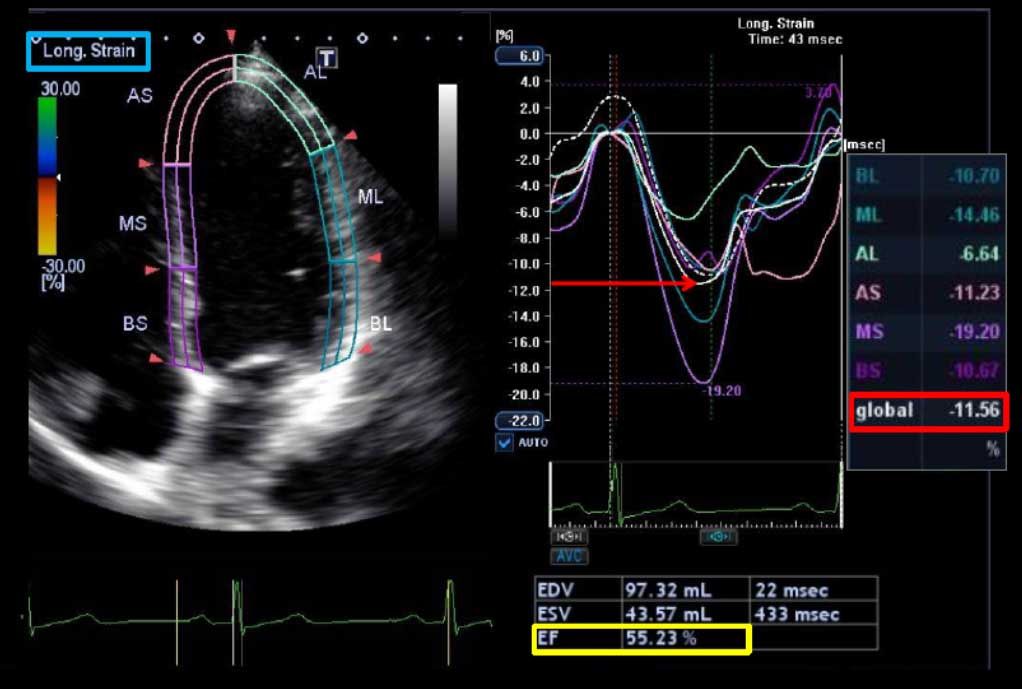Statins: FDA Safety Changes and New Warnings
Statins are a class of prescription drugs intended to lower blood levels of low-density lipoprotein cholesterol, when used together with diet and exercise. Single-ingredient statins include atorvastatin, fluvastatin, lovastatin, lovastatin extended-release, pitavastatin, pravastatin, rosuvastatin, and simvastatin. Also available are combination statins, including lovastatin/niacin extended-release, simvastatin/niacin extended-release, and simvastatin/ezetimibe.
The FDA’s announcement on the label changes does not question the benefit of statins to lowering cholesterol, but it does provide patients and healthcare providers the most current information about the safe use of statins.
The US Food and Drug Administration (FDA) has approved class safety labeling changes for statins, including removal of the recommendation for routine monitoring of liver enzymes and the addition of new information about reversible cognitive adverse effects and reports of increased blood glucose and glycosylated hemoglobin (HbA1c) levels (statin use has also been linked to increases in levels of HbA1c and fasting serum glucose).
In the Justification for the Use of Statins in Primary Prevention: an Intervention Trial Evaluating Rosuvastatin (JUPITER) trial, there was a 27% increase in investigator-reported diabetes mellitus in rosuvastatin-treated patients vs placebo-treated patients. High-dose atorvastatin was also associated with worsening glycemic control in the Pravastatin or Atorvastatin Evaluation and Infection Therapy–Thrombolysis In Myocardial Infarction 22 (PROVE-IT TIMI 22) substudy.
Meta-analyses also showed that statin therapy was associated with a 9% to 13% increased risk for incident diabetes.
In addition, the updated safety label for the statin lovastatin now includes new contraindications and dose limitations when the drug is administered concurrently with certain medications that can increase the risk for myopathy and/or rhabdomyolysis.
Instead of routine monitoring of liver enzymes, the FDA now recommends that clinicians test liver enzymes in their patients before prescribing statin treatment and as clinically indicated thereafter. Statin treatment should be interrupted in patients who develop serious liver injury with clinical symptoms and/or hyperbilirubinemia or jaundice, and the statin should not be restarted unless an alternate cause is found.
More caution has to be taken in people with prior history of liver disease, people who drink or who are taking multiple drugs metabolized by the liver. Also, the contraindications of use of in particular anti-HIV drugs with Mevacor (lovastatin) are important to reemphasize as is the known but infrequent increase in blood sugar in patients taking statins.
Rare post marketing reports have documented mild, generally reversible symptoms of cognitive impairment associated with statin use. These symptoms may include memory loss, forgetfulness, amnesia, memory impairment, and/or confusion. Times to symptom onset vary from 1 day to years, and resolution of symptoms on statin discontinuation also varies, with a median of 3 weeks.
The updated lovastatin label indicates that the following drugs are contraindicated with lovastatin: itraconazole, ketoconazole, posaconazole, erythromycin, clarithromycin, telithromycin, HIV protease inhibitors, boceprevir, telaprevir, and nefazodone. Cyclosporine and gemfibrozil should be avoided in patients taking lovastatin, as should grapefruit juice exceeding 1 quart daily. A daily dose of 20 mg of lovastatin should not be exceeded with danazol, diltiazem, or verapamil and 40 mg of lovastatin daily should not be exceeded with amiodarone.
The National Lipid Association’s Liver Expert Panel and Statin Safety Task Force stated that the available scientific evidence does not support routine liver function test monitoring in asymptomatic patients receiving statins. Irreversible liver damage resulting from statins is exceptionally rare and is likely idiosyncratic, and no data exist showing that routine periodic monitoring of liver biochemistries will identify the very rare individual who may develop significant liver injury. Routine periodic monitoring could actually identify patients with isolated increased aminotransferase levels, resulting in changes in or discontinuation of statin treatment that could increase the risk for cardiovascular events.
Clinical Implications
- The FDA now recommends that clinicians test liver enzymes in their patients before prescribing statin treatment and as clinically indicated thereafter, rather than routinely monitoring liver enzymes as was recommended previously. Statin treatment should be interrupted in patients who develop serious liver injury with clinical symptoms and/or hyperbilirubinemia or jaundice, and drug therapy should not resume unless an alternate cause is found for the hepatic dysfunction.
- Statin use may rarely be associated with mild, generally reversible symptoms of cognitive impairment, with variable time to symptom onset and resolution of symptoms on statin discontinuation. Statin use has also been associated with increases in levels of fasting serum glucose and HbA1c.
- The updated safety label for lovastatin now includes new contraindications and dose limitations when the drug is given concurrently with certain medications that can increase the risk for myopathy and/or rhabdomyolysis.


